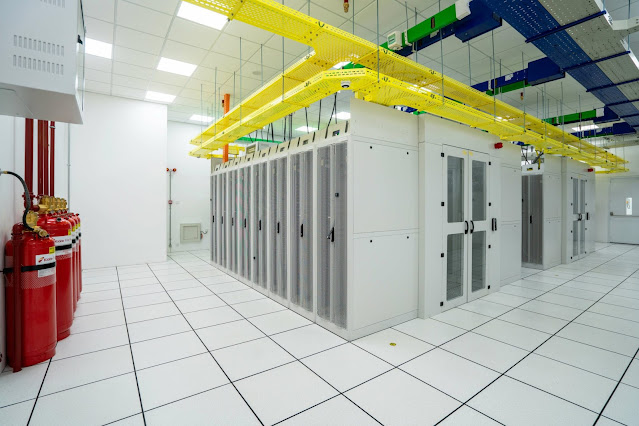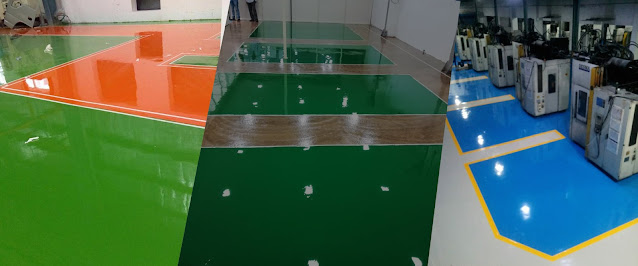Raised Flooring: Benefits, Types, and Applications
Raised flooring is a system of floor panels that are elevated above a subfloor, creating a space between them. This space can be used for various purposes, such as running electrical, mechanical, or data cables, creating air plenums, and providing easy access to utilities. Raised flooring is commonly used in commercial buildings, data centers, and other facilities that require a high degree of flexibility and functionality in their floor systems.
Benefits of Raised Flooring
Raised flooring offers several benefits, such as:
Flexibility: Raised flooring provides a high degree of flexibility in design and layout. It allows for easy reconfiguration and adaptation of the floor system to changing needs and requirements.
Accessibility: Raised flooring provides easy access to utilities, such as electrical, mechanical, and data cables, as well as HVAC systems. This makes maintenance and repair tasks easier and more efficient.
Improved Indoor Air Quality: Raised flooring can be used to create air plenums, which improve indoor air quality by allowing for better air circulation and filtration.
Enhanced Aesthetics: Raised flooring can be finished with various materials, such as carpet, vinyl, or wood, to create a seamless and aesthetically pleasing surface.
Types of Raised Flooring
There are several types of raised flooring systems, including:
Conventional Raised Flooring: This type of raised flooring system consists of panels that are supported by pedestals and stringers. The pedestals are adjustable and can be used to level the panels.
Low-Profile Raised Flooring: This type of raised flooring system is similar to conventional raised flooring, but the panels are thinner and more lightweight. It is ideal for applications where height is limited.
Air Plenum Raised Flooring: This type of raised flooring system is designed to create an air plenum between the floor and the subfloor. It is used in facilities that require a high degree of ventilation, such as data centers.
Grated Raised Flooring: This type of raised flooring system consists of panels that are made of grated metal. It is used in applications where there is a need for high airflow and drainage, such as in parking garages or outdoor areas.
Applications of Raised Flooring
Raised flooring has a wide range of applications, including:
Data Centers: Raised flooring is commonly used in data centers to provide easy access to electrical and mechanical infrastructure, as well as to create air plenums for cooling and ventilation.
Office Buildings: Raised flooring is used in office buildings to provide flexibility in the placement of electrical and data cables, as well as to create a seamless and aesthetically pleasing floor surface.
Retail Spaces: Raised flooring is used in retail spaces to create a level surface for displays and to provide easy access to utilities, such as electrical outlets.
Industrial Facilities: Raised flooring is used in industrial facilities to create a durable and easy-to-maintain floor system that can withstand heavy equipment and machinery.
Conclusion
Raised flooring is a versatile and functional floor system that offers a wide range of benefits, such as flexibility, accessibility, improved indoor air quality, and enhanced aesthetics. There are several types of raised flooring systems, each designed for specific applications and requirements. Raised flooring is used in various industries, such as data centers, office buildings, retail spaces, and industrial facilities, where a high degree of functionality and flexibility in the floor system is required.



Comments
Post a Comment